Leading market players are investing heavily in research and development to expand their product lines, which will help the in-flight entertainment market grow even more. Market participants are undertaking various strategic activities to expand their footprint, with important market developments including new product launches, contractual agreements, mergers and acquisitions, higher investments, and collaboration with other organizations. To expand and survive in a more competitive and rising market climate, the in-flight entertainment industry must offer cost-effective items.
Manufacturing locally to minimize operational costs is one of the key business tactics manufacturer use in the in-flight entertainment industry to benefit clients and increase the market sector. In recent years, the in-flight entertainment industry has offered some of the most significant technological advancements.
Major players in the in-flight entertainment market, including FDS Avionics Corp (US), Eagle Entertainment Inc. (US), Gogo Inc. (US), Honeywell International Inc. (US), Inmarsat PLC (UK), Lufthansa Systems (Germany), Panasonic Avionics Corporation (US), Collins Aerospace (US), SITAONAIR (Switzerland), Thales Group (France), Viasat Inc. (US), Zodiac Aerospace (France), and others, are attempting to increase market demand by investing in research and development operations.
Inmarsat delivers world-leading, innovative, advanced, and exceptionally reliable mobile communications worldwide – in the air, at sea, and on land - enabling a new generation of government, commercial, and mission-critical services. Additionally, Inmarsat is enabling the rapid expansion of the Internet of things and the next wave of game-changing technologies that will support the connected society and contribute to the establishment the more sustainable future. And now Inmarsat is constructing the first-of-its-kind, multi-dimensional communications network of the future, ORCHESTRA.
In April 2023, The UK's Competition & Markets Authority (CMA), which confirmed its preliminary findings that the transaction does not raise competition concerns and permitted Viasat's proposed acquisition of Inmarsat to proceed without remedies, has announced the conclusion of its Phase II review. This news has relieved both Inmarsat and Viasat, a leading provider of mobile satellite communications services.
Panasonic Avionics Corporation is the industry standard when it comes to in-flight electronics. Ever since its inception in 1979, the company has been a forerunner in the industry, introducing groundbreaking technologies that boost airline customers' loyalty (as measured by Net Promoter Score), additional income (via new services), and operational efficiency. More than 15,000 commercial aircraft equipped with Panasonic Avionics IFE systems and more than 3,400 aircraft equipped with satellite Wi-Fi connectivity are flown by the world's leading airlines.
The largest support and services team employing OEM insights powers roughly 70% of the world's IFE-equipped fleet and is supported by Panasonic Avionics. Over 3,500 people work at Panasonic Avionics Corporation, which has 50 offices in 20 countries and a headquarters in California. In April 2023, Due to a collaboration between Panasonic Avionics Corporation (Panasonic Avionics), the world's leading provider of in-flight entertainment and connectivity systems (IFEC), and HEAR360 Inc., the pioneer in advanced audio solutions, Spatial Audio, a 3D theatrical surround sound experience, will soon be accessible to airline passengers.
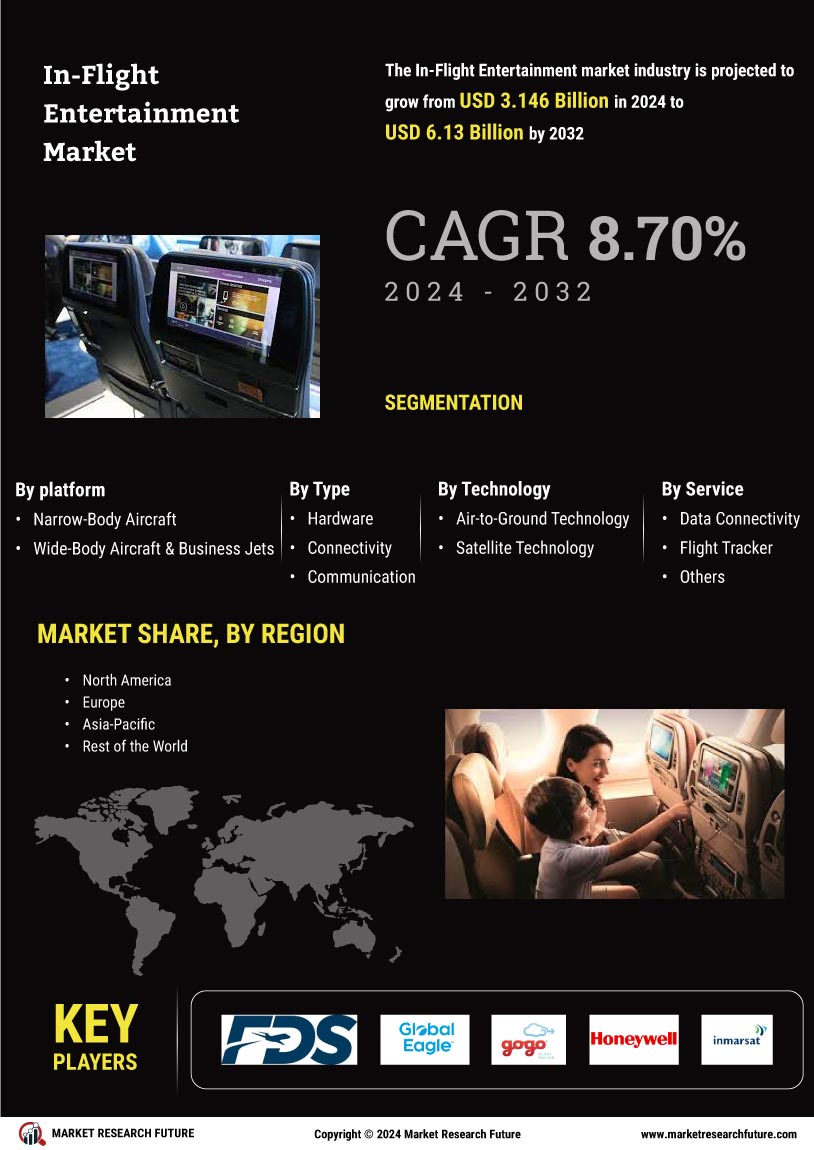

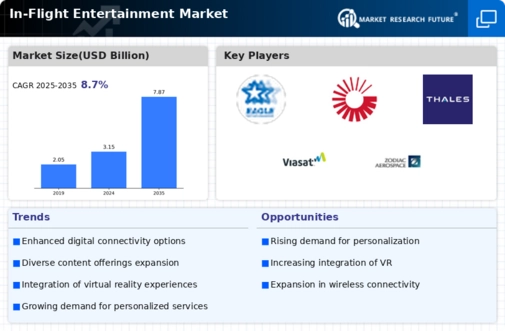
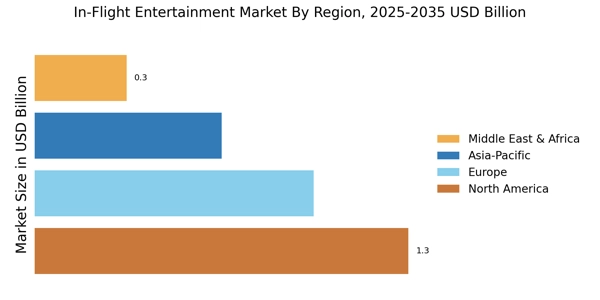

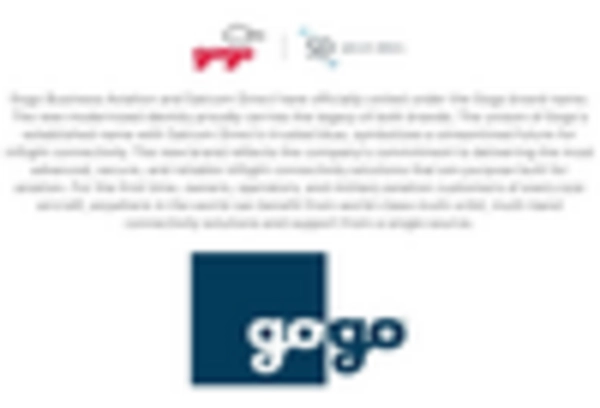
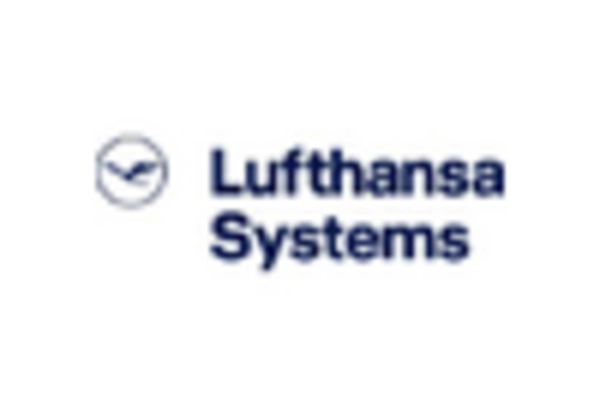
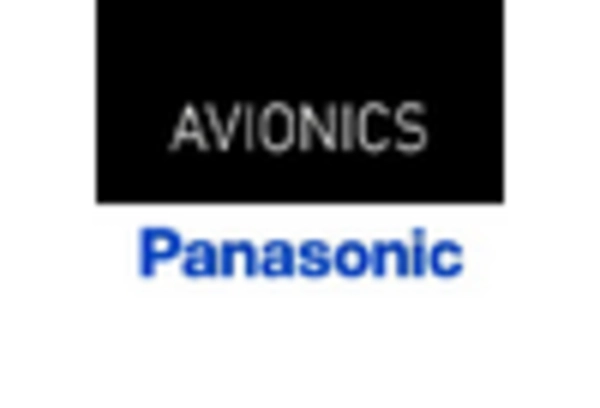










Leave a Comment